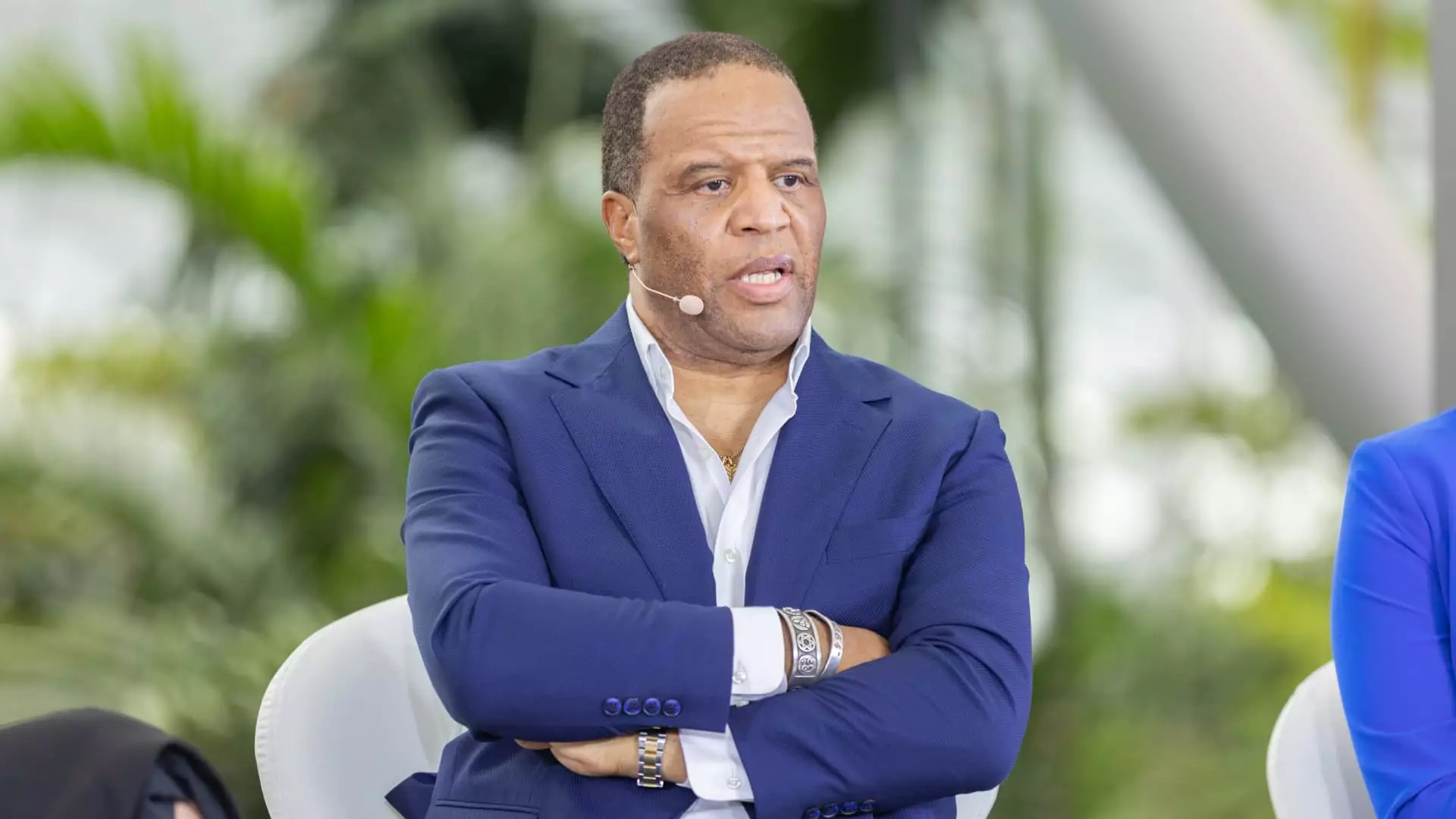The rapid evolution of artificial intelligence (AI) presents a paradox for the working class— a potential savior and a destroyer. As technology transforms entire industries, the implications for job security, economic equity, and social mobility grow increasingly pressing. John Hope Bryant’s recent comments about AI’s role in exacerbating inequality ring with frightening clarity. He argues that those at the “bottom of the pyramid” face the brunt of job losses, emphasizing the urgency for governments and businesses to invest in upskilling and educational initiatives. It is crucial we not only recognize this widening chasm but also confront it with tangible strategies for change.
The Looming Threat of Job Displacement
The reality is stark: AI technologies are not in the distant future; they are here and reshaping our workforce now. Jobs in retail, customer service, and even certain skilled trades are vanishing rapidly. According to Bryant, if we don’t act, the trajectory of job loss could leave many without a ladder to climb. Those with limited educational backgrounds or economic capital will find their opportunities further diminished. This isn’t merely about losing jobs; it’s about the ongoing erosion of job quality, fair wages, and the dignity that work provides.
This trend isn’t an accident but a result of systemic neglect. The resurgence of automation serves as a reminder that our workforce must adapt quickly or perish. When AI takes over labor-intensive jobs, it threatens to strip away economic agency from communities already facing hardships, thereby reinforcing existing inequities. We must convene a consortium of policymakers, corporate leaders, and educators to address the imbalance before it spirals into broader societal instability.
Investing in People, Not Just Technology
Bryant proposes a radical shift in focus: rather than merely slashing budgets or reducing labor costs, why not invest in the creation of a knowledge-based economy? Upskilling the working and middle classes is not just an idealistic notion but a practical solution that could bolster productivity and reignite economic growth. To ignore these communities is to stymie our socio-economic potential. In fact, if we were to prioritize training opportunities, we could potentially add significant percentages to our GDP over the next decade.
This requires a multifaceted approach. Policies should incentivize businesses to sponsor apprenticeship programs and community training initiatives. Additionally, incorporating financial literacy and entrepreneurship education into school curriculums could cultivate a new generation of innovators who are not only capable of adapting to but actively shaping the technological landscape.
The Perils of Wealth Inequality
Currently, the existing wealth gap poses a direct threat to economic stability. The narrative that “money creates more money” has evolved into a one-sided game favoring the wealthy. As technology accelerates this trend, the working class finds itself trapped in a cycle of economic precarity while the affluent reap the rewards of societal advancements. This is misleadingly presented as “progress,” when in reality, it is a recipe for societal dysfunction and disenfranchisement.
Bryant highlights that merely cutting government spending is not the fix for our multi-trillion-dollar national debt. Instead, a paradigm shift is necessary—one that emphasizes growth through inclusion rather than marginalization. This economic growth must be equitable, serving as an essential counterbalance to the current divisive climate.
Bridging the Divide: Addressing Social Friction
Failure to address these issues may result in greater social unrest. As economic disparity widens, so does the potential for social discord. People who feel left behind are unlikely to remain passive observers of progress; they may resort to protests and other forms of resistance. Such “noise” is fundamentally antithetical to what markets crave: stability.
Investing in education and skills can serve as a bridge over this fracture by providing at-risk communities the tools they need to thrive in an AI-driven landscape. Cultivating skills in data analysis, programming, and AI ethics could empower individuals, allowing them to partake in and benefit from the technological advances that are swiftly reshaping our world.
With industry leaders, educators, and government officials all responsible for fostering a resilient workforce, we have the opportunity to redefine the narrative around AI. It is not a question of whether or not we should embrace technology—it’s about how we can adapt collectively in a way that brings everyone along for the ride. It’s time we recognized that the costs of inaction can be more detrimental than the need for immediate change.


Leave a Reply